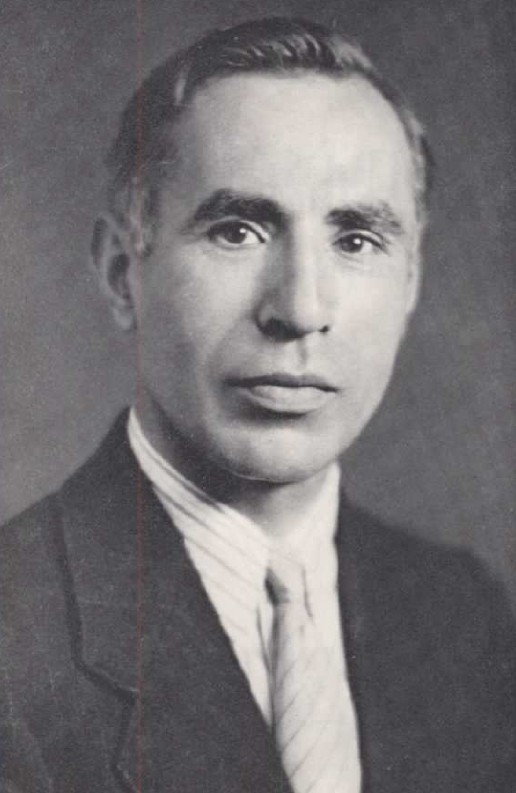| Titre / Վերնագիր : | Հայկական Լէգէոնը Պատմական Յուշագրութիւն / auteur/հեղինակ : Տիգրան Յ. Պօյաճեան - |
|---|
| Editeur / Հրատարակիչ : | Հեղինակային |
|---|
| Année / Թուական : | 1965 |
|---|
| Imprimeur / Տպագրիչ : | Տպարան Պայքար- Ուօթրթաուն, Մէս. |
|---|
| Description / Նկարագրութիւն : | 16 x 23,5 cm 416 pages, couverture illustrée |
|---|
| Collection : | |
|---|
| Notes / Նշան : | |
|---|
| Autres auteurs : | |
|---|
| Sujets / Նիւթ : | |
|---|
| Lecture On-line : | Cliquer ici |
|---|
Commentaire :The Eastern/Armenian Legion (1916-1920). After negotiations in September and October 1916, between Boghos Noubar Pasha and the French authorities, the Eastern Legion (Légion d’Orient) was officially established in Cairo in November 1916. It was to be an auxiliary unit of the French Military, which would be composed of Armenian volunteers from the Middle East, Europe and North America, whose aim was to liberate Cilicia from the Ottoman Empire, for the purpose of creating an independent Armenian state in that region. Several Armenian organisations pledged contributions to form companies of the Legion. After negotiations with the British authorities, it was decided that the training of the volunteers would take place at Monarga, in the Carpass peninsula of Cyprus. The camp was built in December 1916 by Armenian Genocide refugees and in January 1917 the arrival of the volunteers started, which continued throughout 1917 and 1918. The selection and training were rather strict. The camp consisted of the headquarters, the barracks, various auxiliary installations (including a basin) and a small chapel. In total, there were 4.124 volunteers, who formed 3 battalions. The commander of the camp was Infantry Lieutenant Colonel Louis Romieu and the spiritual shepherd was Archbishop Taniel Hagopian, assisted by Archimandrite Krikor Bahlavouni, who later became known as “Topal Vartabed” (Lame Archimandrite). Training was completed by May 1918 and then most of the Legion was deployed in Palestine, marking the famous Battle of Arara on 19 September 1918. The 3rd battalion left Cyprus in October 1918. In December 1918 the Legion - consisting of 4 battalions, 4.386 soldiers and 66 officers - settled in the Cilicia region as part of the French mandate, where it remained until it was disbanded in August 1920. In February 1919 it was officially called Armenian Legion (Légion Arménienne). After the dissolution of the Legion, only a very small number of Legionnaires returned to Cyprus. It is worth mentioning that in the Armenian cemetery of Larnaca there is a group grave of 9 Legionnaires who were killed in action, commissioned by the French Consulate in the late 1940s. Today, very little remains in what used to be the camp of the Legion, currently located in the Turkish-occupied area of Cyprus. |

